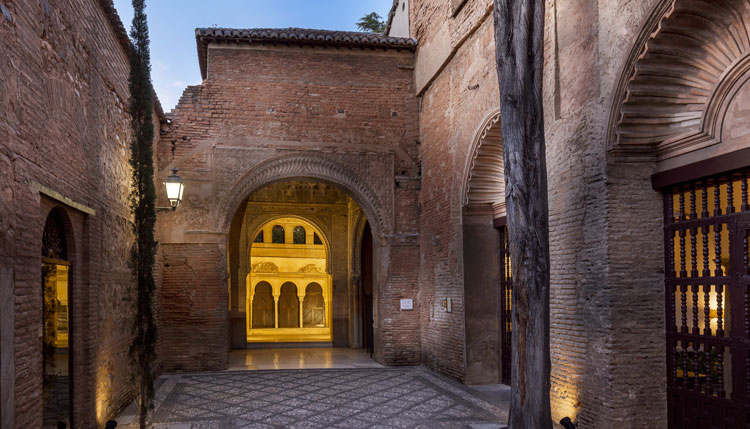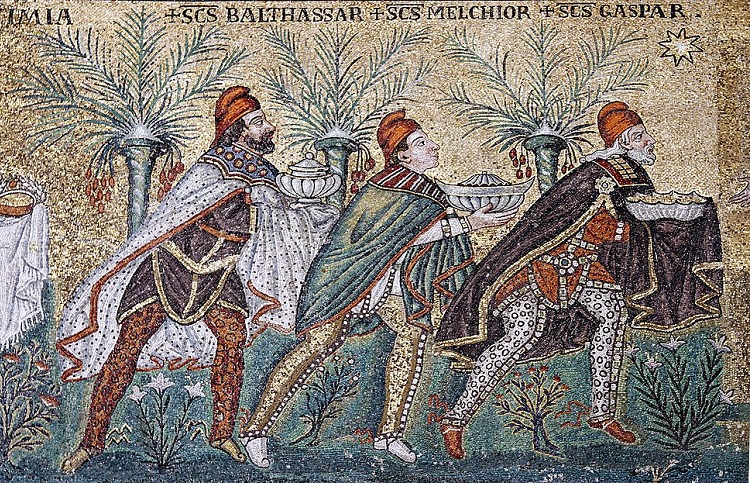The Alpujarra casts a spell on visitors, which invites them to stay. Through its beautiful landscape, silent valleys, and rich culture of Muslim heritage, this place has trapped thousands of people over the years. They came with the idea of spending a few relaxing days and, intoxicated by the feeling of peace, decided to stay for good.
With their narrow and steep cobbled streets, dozens of small white villages make up this privileged region, spreading over the southern slop of Sierra Nevada. Since it was isolated for centuries by the mountains, the Alpujarra offers almost virgin lands, peculiar celebrations and a complicated past, all of it accompanied by delicious mountain gastronomy and the kindness of its humble people. Inhabited by Phoenicians and Romans, the eight centuries of Arab domination gave it its architecture, irrigation system, cuisine, and even its name. The town of Lanjaron, famous for its spa and water, is the door to this fantastic land of wild landscapes and colorful forests.

Sierra Nevada boasts an Asset of Cultural Interest in the category of Historical Ensemble. The Poqueira Ravine is representative of traditional Alpujarra architecture. It also has an Asset of Cultural Interest in the category of Historic Site: the Alpujarra Media Granadina and La Tahá, which identifies and protects various heritage elements.
Pampaneira, Bubión, and Capileira are the villages you can find on the Poqueira River canyon. From here, you can admire the snowy peaks of the highest mountains of the Iberian Peninsula and the deep blue sea of the nearby Costa Tropical with only a turn of the head. These towns’ unique architecture preserves the Alpujarra tradition of white houses with flat roofs covered with launa (waterproof clayey sand) and chimneys topped off with funny little hats. The Alpujarra house is built with local materials and blends harmoniously into the landscape. Its most characteristic feature is the tinao, a kind of porch that joins two houses and covers the street. Its function was and still is to provide shelter from bad weather and a shaded place to rest.

The fountains of Pampaneira deserve special mention, some of them have medicinal mineral waters, and others, like the spring of San Antonio, have matchmaking powers. For those with a sweet tooth, the Ili chocolate factory, very close to the Pampaneira Church square, is a flavorful must-see visit. Nearby is also the Interpretation Office of the Sierra Nevada National and Natural Park. You can find panels explaining the area and receive advice on routes and walks in the area.
The river Guadalfeo splits the Alpujarra in two lengthways, forming the High Alpujarra and the Low Alpujarra. The High lies in the Sierra Nevada’s southern part, where beautiful villages such as Órgiva, Bérchules, Busquístar, Juviles, or Yegen are located. The Low Alpujarra is made up of La Contraviesa, with peculiar villages such as Lújar, Sorvilán, and Albondón.

Charming places that have amazed locals and foreigners alike. Pedro Antonio de Alarcón devoted the first travel book in Spanish to them. Gerald Brenan sang his praises in ‘South from Granada.’ For Federico García Lorca, it was “the land of nowhere.”
The boom in tourism has led to a revival of craftsmanship. There is a proliferation of workshops producing blankets and colorful wool-woven jarapas, potters, and restorers of antique furniture in the villages.
At over a thousand meters above sea level, in the village that is the highest in Spain, they cure the famous Trevélez Serrano ham, recognized with a Protected Geographical Indication. This ham is one of the main ingredients of the hearty Plato Alpujarreño, the local cuisine’s primary specialty, along with the loin, chorizo, black pudding, fried eggs, and potatoes ‘a lo pobre.’ Its ideal accompaniment is the magnificent wines – red, white, and even sparkling – produced in the region.
The Granada Parador and the city that never sleeps

Many are the adjectives that describe it, but only one combines them all: UNIQUE. The former San Francisco convent built by the Catholic Monarchs order on top of a Nazari palace is located in the Alhambra enclosure. It boasts impressive views of the Generalife Palace. From the Al Qubba and the Nazarí Hall, to the beautiful alcoves and founains, the whole setting makes this a Parador to enjoy the silence and relax.
 With its colorful gardens, fragrant flowers, and refreshing waters, the Alhambra awakens all the senses. This beautiful place and the quaint city of el Darro are well worth a visit at any time of the year.
With its colorful gardens, fragrant flowers, and refreshing waters, the Alhambra awakens all the senses. This beautiful place and the quaint city of el Darro are well worth a visit at any time of the year.
Alone, with a partner, with friends, with family, with children… there is no excuse not to come to Granada and feel its magic filling your soul. As the poet Francisco de Icaza said, “Give him alms woman because there is nothing sadder in life than being blind in Granada.”







